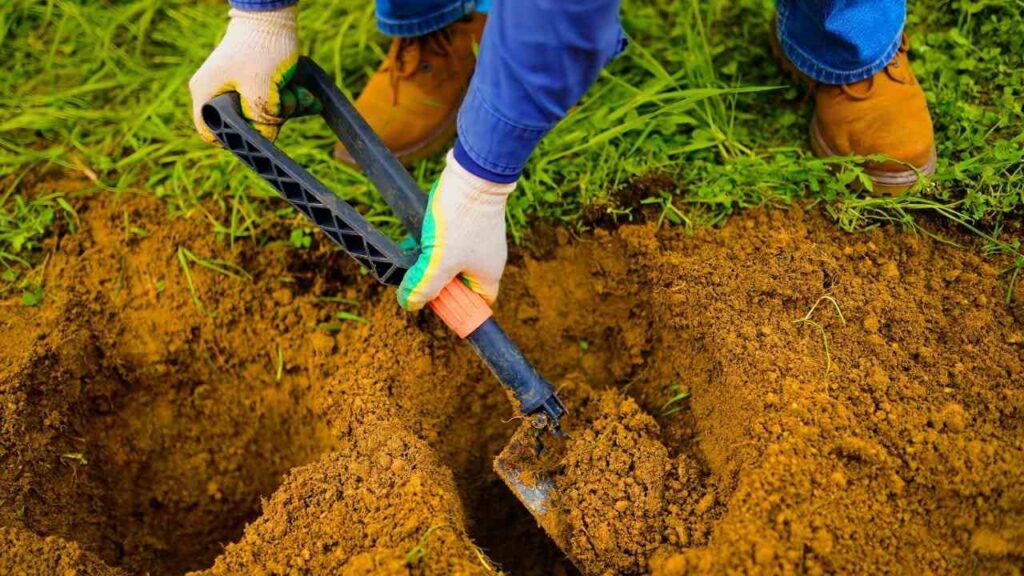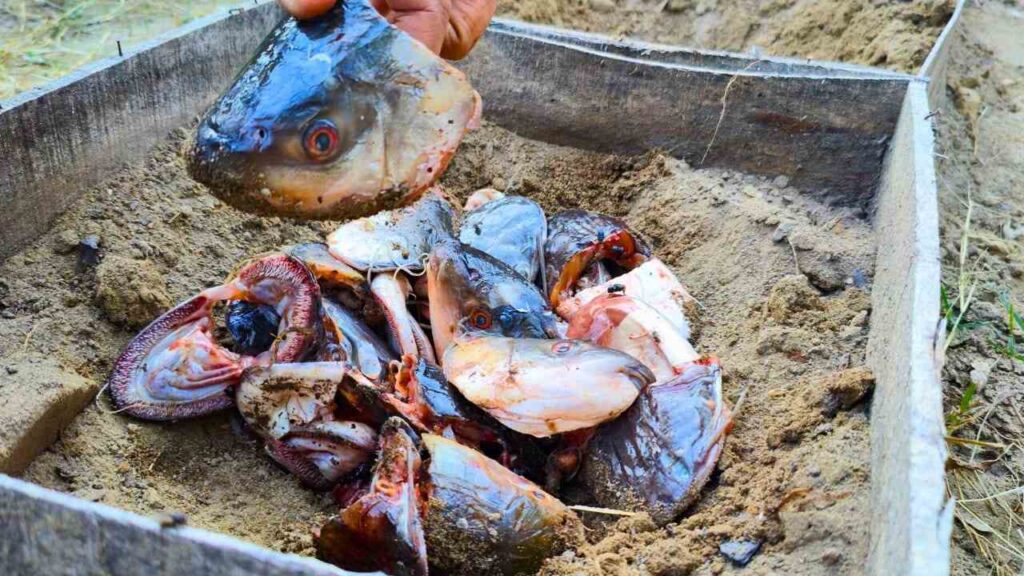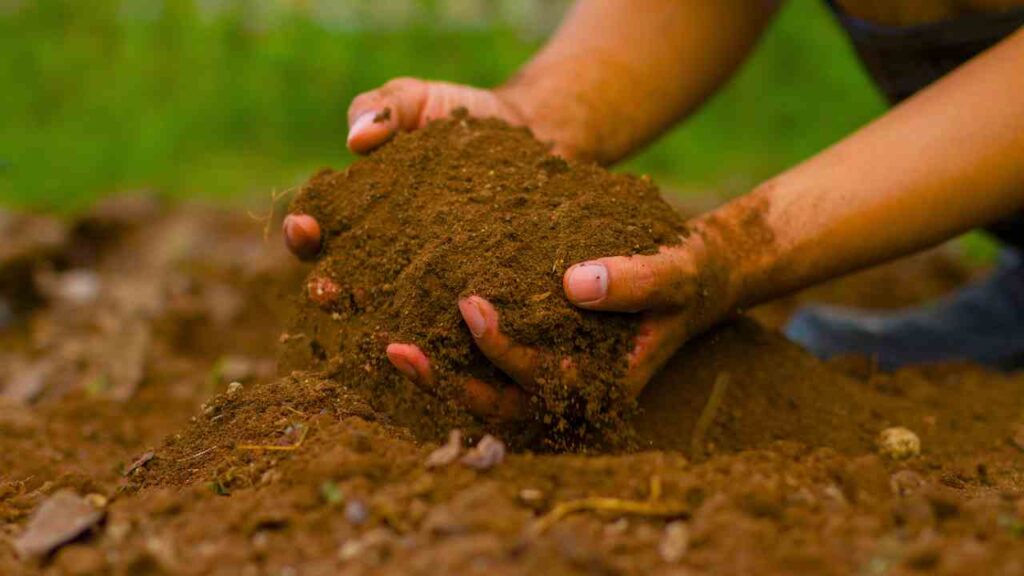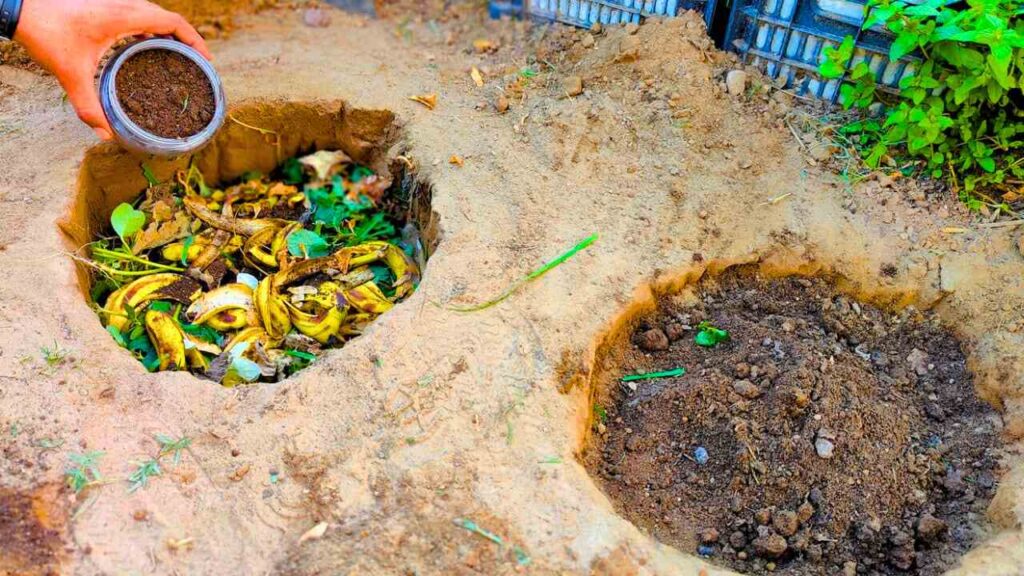If you’re looking for an organic and natural way to improve the soil in your garden, you’re at the right place. To increase soil fertility, you can use simple methods that cooperate with nature rather than chemical fertilizers. Burying fish heads in your garden beds is one such method. For generations, people have utilized this age-old technique to improve the soil’s fertility and encourage the growth of healthy plants.
You may create a nutrient-rich environment that supports vivid, growing plants by using fish heads as a natural fertilizer. In addition to being efficient, this method is also simple to use and needs few resources. This guide will walk you through the step-by-step process of burying fish heads in your garden beds to maximize the benefits of this organic and efficient method of enriching your garden soil.
The Advantages of Planting Fish Heads in Your Yard
There are several advantages to burying fish heads in your garden beds for the environment and your plants. The production of fertilizer that is rich in nutrients is among the most noteworthy benefits. Fish heads are a wonderful way to get important nutrients, including potassium, phosphate, and nitrogen. These nutrients are gradually released when the fish heads decompose in the soil, giving your plants a consistent supply of food. In addition to encouraging healthy plant growth, this natural fertilization method can raise total crop yields.
The capacity of fish heads to increase soil microorganisms is another important advantage of burying them. Beneficial bacteria are encouraged to flourish in the soil by the decomposition process, which own
Step 1: Pick the Proper Location

Selecting a burial location is the next step after obtaining your fish heads. To distribute nutrients across the area, you can scatter them over a broader garden bed or bury them close to specific plants that require additional support. Because fish heads will release important minerals like nitrogen, phosphate, and potassium as they decompose, take your plants’ nutrient requirements into account while choosing a place. By properly spacing them, you can make sure the nutrients are available for your plants and dispersed equally.
Step 2: Excavate a trench or hole

It’s time to dig now. Dig a trench or hole deep enough to hold the fish heads completely using a shovel or garden trowel. A depth of 6 to 12 inches (ca. 30 cm) is often advised, though this can change based on your soil type and the size of the fish heads. Make sure the hole is deep enough to accommodate the subsequent covering of the fish head with earth. The depth reduces the possibility of drawing pests and helps keep smells from escaping. If you want to bury more than one fish head, you can dig a trench and put them evenly apart.
Step 3: Place the Fish Head in the Hole

The fish head should be positioned at the bottom of the hole after it has been drilled. Drop the fish head gently into the trench or hole, making sure it is positioned correctly to break down over time. When planting several fish heads in a wider garden bed, be sure to equally separate them to prevent nutritional excess in one spot. To promote quicker decomposition, you might arrange the fish heads with the flat side facing down.
Step 4: Cover with Soil

It’s crucial to completely cover the fish head with soil after inserting it into the hole. Make sure the fish head is completely buried by filling the hole or trench with the dirt you removed. This step is necessary to avoid offensive smells and to keep pests away from the region. When the fish head is properly covered, it will break down underground and release its nutrients into the surrounding soil over time. To prevent air To prevent pockets from slowing down the breakdown process, carefully pat the dirt down.
Step 5: Include Manure or Compost

Cover the buried fish heads with a layer of manure or decomposed compost to deliver even more nutrients to your soil. In addition to enhancing the soil’s structure, this layer of organic matter will encourage microbial activity, which is essential for decomposing the fish and other organic matter in the soil. The minerals and helpful microbes found in compost and manure further improve the health of the soil. Additionally, the manure or compost serves as a natural mulch, accelerating the decomposition process and retaining moisture in the soil.
By taking these actions, you can recycle food waste, lessen your environmental impact, and create a fertile environment for your plants to flourish.
Advice & Modifications for Optimal Outcomes
You can mix the fish heads with other organic materials, like eggshells, coffee grounds, or vegetable scraps, for best results. To promote plant health, these additives will further enrich the soil and supply various nutrients. Moreover, combining fish heads with kitchen scraps contributes to the development of a comprehensive, sustainable fertilizing system.
When burying fish heads in your garden, timing is also crucial. It is advised to bury them in cool, wet soil in the fall or early spring for optimal results. Decomposition is slowed down by the reduced Temperatures can lead to a more regulated and effective release of nutrients. Be ready for a quicker decomposition if you bury the fish heads in the warmer months, but make sure the area stays well-watered to maintain a smooth process.
You can spread a thick layer of compost over the area to hasten the decomposition process. The fish heads break down even more quickly as a result of the additional organic matter and moisture retention the compost gives. Additionally, the process guarantees that the nutrients will reach your plants sooner rather than later.
Conclusion
A quick and easy way to improve your soil and encourage strong plant development is to bury fish heads in your garden beds. You may build a nutrient-rich atmosphere that encourages vivid and healthy plants by following the detailed instructions. This method not only promotes sustainability and lessens waste, but it also gives your plants vital nutrients, increases microbial activity, and eventually improves crop harvests. The present is the ideal time to try burying fish heads in your garden if you haven’t before. Your plants will definitely appreciate the additional food! 🌱🐟✨

